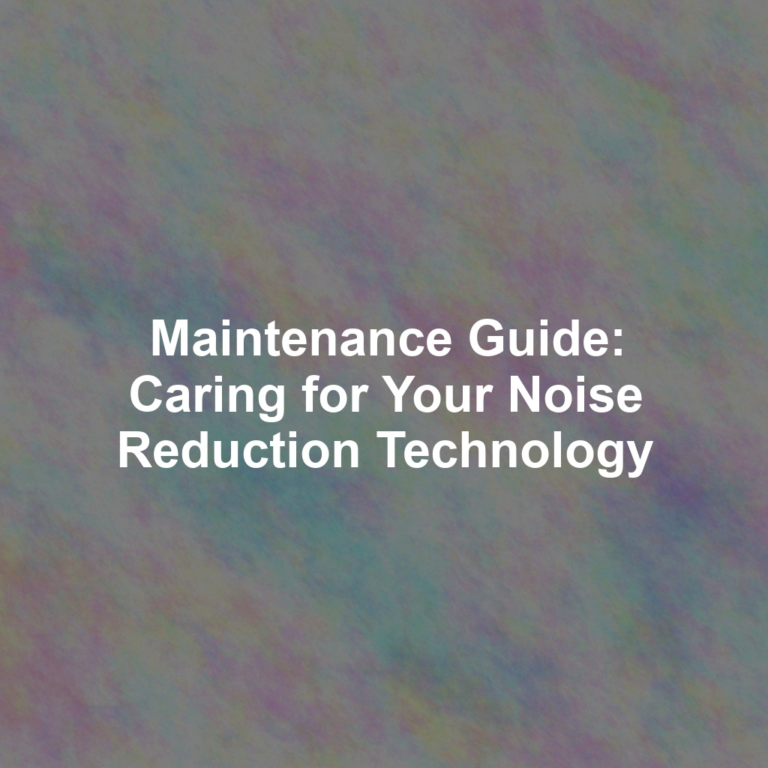Just as a gardener prunes and nurtures plants to ensure their blooming season after season, you must tend to your rechargeable batteries to guarantee their longevity and performance.
YouG??re aware that these modern power sources are the lifeblood of your portable electronics, yet theyG??re often taken for granted until they falter. By learning the intricacies of proper battery maintenance, youG??ll not only save money but also prevent the frustration of devices dying at inopportune times.
Remember, the health of your batteries reflects the care you put into them. So, letG??s explore how to keep these silent workhorses galloping at full strength, and why mastering the art of battery maintenance could be one of the smartest moves you make for your electronic companions.
Understanding Battery Types
To maximize the lifespan of your rechargeable batteries, itG??s crucial to understand the different types available and their distinct characteristics. YouG??ve got options like Nickel-Cadmium (NiCd), Nickel-Metal Hydride (NiMH), and Lithium-ion (Li-ion), each with its own set of benefits and limitations.
NiCd batteries are the durable old-timers. TheyG??re tough and can withstand extreme conditions, but theyG??ve got a memory effect that means youG??ll need to fully discharge them before recharging to avoid capacity loss.
Meanwhile, NiMH batteries are the middle ground, offering higher capacities with less memory effect than NiCd, but theyG??re not as forgiving when it comes to temperature extremes.
Li-ion batteries are the tech-savvy choice. TheyG??re lightweight, have high energy densities, and donG??t suffer from the dreaded memory effect. However, they demand a bit more care G?? you canG??t let them discharge too deeply, and they donG??t take kindly to overcharging.
Optimal Charging Practices
Understanding the different battery types sets you up to master their charging needs, ensuring you get the most out of each charge cycle. Now, letG??s focus on optimal charging practices to maintain your rechargeable batteriesG?? health and longevity.
To keep your batteries in top condition, consider these guidelines:
- DonG??t overcharge: Keep an eye on your charging time. Overcharging can lead to heat buildup, which may harm your batteries.
- Avoid full depletion: DonG??t wait until your battery is completely drained before recharging. This can reduce its overall lifespan.
- Use the right charger: Stick with the charger that came with your device or one thatG??s recommended by the manufacturer. Mismatched chargers can affect performance.
- Maintain moderate temperatures: Extreme temperatures, both hot and cold, can degrade your batteries. Charge and store them in a cool, dry place.
You donG??t have to hover anxiously over your charging devices, but a little attention goes a long way. By following these practices, youG??ll extend the life of your batteries and save money in the long run. So take charge of your charging habits, and youG??ll reap the benefits with every power-up.
Regular Cleaning Procedures
Just as youG??d regularly clean your home to keep it in good shape, itG??s crucial to clean your rechargeable batteries to ensure their optimal performance and longevity. Dirt and debris can interfere with the connection between the battery and the device, leading to inefficiencies or even failure.
To start, remove the batteries from your device. With a soft, dry cloth, gently wipe the metal contacts clean. DonG??t use water or any conductive cleaning agents, as these can cause corrosion or short-circuits. If youG??re dealing with stubborn grime, lightly dampen a cloth with rubbing alcohol and carefully clean the contacts. The alcohol evaporates quickly, minimizing the risk of moisture damage.
Remember to also clean the battery compartment of your devices. Dust and lint can accumulate there, potentially causing connection issues. Use a dry cotton swab or compressed air to remove debris from the compartment.
After cleaning, ensure everythingG??s dry before reinserting the batteries. ItG??s best to perform these cleaning procedures every couple of months or whenever you notice residue build-up. By maintaining clean contact points, youG??ll reduce resistance, improve the efficiency of the energy transfer, and help your rechargeable batteries deliver their best performance.
Ideal Storage Conditions
After ensuring your rechargeable batteries are clean, itG??s equally important to store them properly to maintain their efficacy and extend their life span. The conditions under which you store your batteries can significantly impact their performance and longevity. To keep them in top condition, pay special attention to the following factors:
- Temperature: Store your batteries at room temperature. Extreme heat or cold can degrade their performance and capacity.
- State of Charge: For long-term storage, keep batteries with a partial charge G?? ideally around 40-50%. Fully charged or fully depleted states can stress the battery.
- Container: Use a plastic container or a battery case to prevent contact with metal objects that could cause short circuits.
- Humidity: Keep your storage area dry. Excessive moisture can lead to corrosion and damage the batteryG??s internal components.
Monitoring Battery Health
To ensure your rechargeable batteries remain in peak condition, regularly check their voltage and capacity to monitor their health. This isnG??t just about maximizing their lifespan; itG??s about safety, too. Batteries with compromised health can be more than just inefficientG??they can be hazardous.
HereG??s what you can do: Invest in a reliable battery tester or multimeter. These tools allow you to quickly gauge if your batteries are holding the charge theyG??re supposed to. If you notice significant drops in voltage or capacity, itG??s a clear sign theyG??re nearing the end of their life cycle.
DonG??t just check after a full charge; test your batteries periodically, especially if theyG??ve been in storage. This proactive approach helps you catch any issues before they escalate. Remember, rechargeable batteries have a finite number of charge cycles. If youG??re seeing rapid declines in performance, itG??s probably time to recycle them and replace them with new ones.
And donG??t forget, while youG??re checking battery health, inspect their physical condition too. Look for any signs of bulging, corrosion, or damage. If you spot any of these red flags, itG??s best to retire them immediately to avoid any potential risks.
Conclusion
Keep your rechargeable batteries humming by staying savvy about their care. Remember to charge them properlyG??not too full, not too empty.
Keep them clean, wiping away grime and dust. Store them in cool, dry places, away from extreme temperatures.
And keep an eye on their health; donG??t ignore signs of wear. With these tips, youG??ll extend their life and performance, ensuring theyG??re ready to power up your life whenever you need them.











